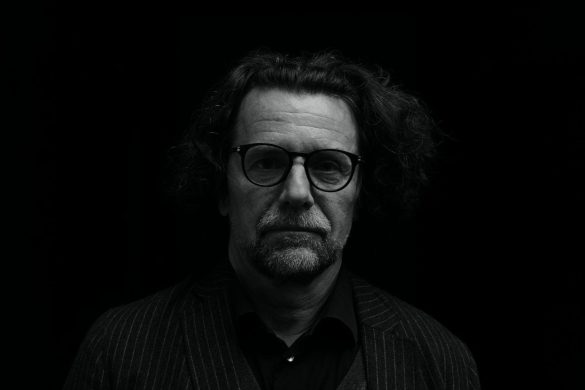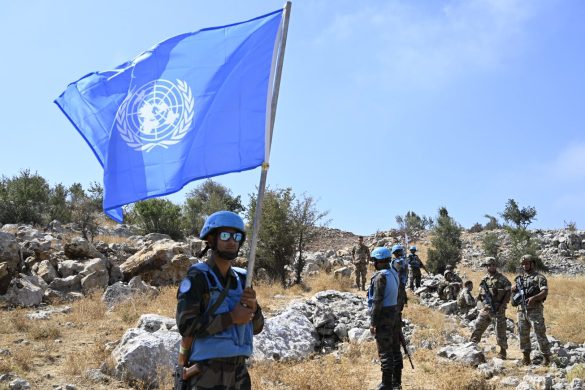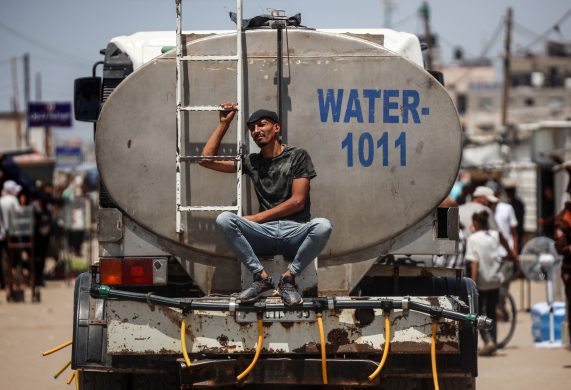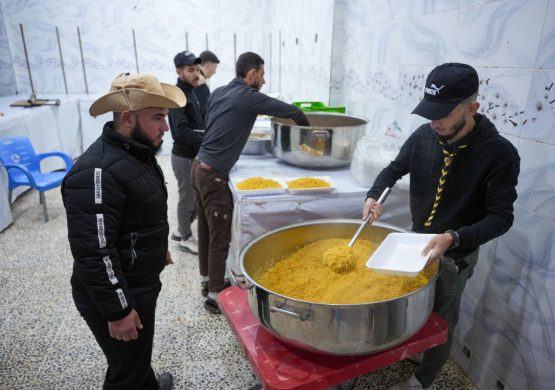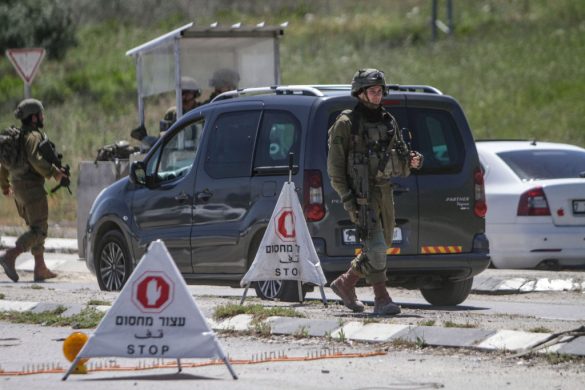Det er Jordan, som udover konstant vandmangel lider under en af de tørreste i vintre i årtier og vånder sig under byrden af over 100.000 flygtninge fra nabolandet Syrien – rørledningen skal gå fra Rødehavet og nordpå til den svindende indlands-sø, Det Døde Hav.
AMMAN, 20 March 2014 (IRIN): Jordan, one of the world’s most water scarce (vandfattige) states, is facing a “perfect storm of pressures” including chronic scarcity, over-use, waste, and a massive increase in demand caused by refugee arrivals, according to a report published this month by the NGO Mercy Corps.
To add to the water stress, the country is currently undergoing its driest rainy season in decades.
One proposed solution is due to be implemented by mid-2018 following Jordan’s signing of a controversial water sharing agreement with Israel and the Palestinian authorities in December 2013 after decades of discussions.
The agreement paves the way for the long-discussed Red Sea Dead Sea Water Conveyer (RSDSWC) project, though in a much reduced form.
It includes the construction of a desalination plant (afsaltnings-anlæg) at the Jordanian port of Aqaba, which will desalinate 800-1.000 million cubic metres (mcm) per year shared by participating countries, and the pumping of brine (saltvand) to revive the Dead Sea via a 180 km pipeline /canal.
“Will solve problems for the next 30 years”
According to the Ministry of Water and Irrigation, Jordan will have chosen the contractor by April 2015, construction will begin at the end of 2015, and implementation will last almost 2,5 years.
“With this, we will have solved Jordan’s problems at least for the next 30 years,” said Nabeel Zoubi, programme manager for the Red-Dead Sea programme at the ministry.
The plant is expected to produce at least 80 mcm every year, according to Zoubi.
“Israel will buy approximately 50 mcm from Jordan at a cost of 42 US cent (ca. 2,50 DKR) per cubic metre and the rest – approximately 30-40 mcm – will go to Jordan’s governorate of Aqaba,” Zoubi added.
According to the agreement, Jordan can purchase around 50 mcm of water from Israel (from the Sea of Galilee) to provide water to Amman and the northern part of Jordan.
“There is no other way Jordan can address water scarcity given the increasing population and challenges brought by climate change,” said Zoubi.
Cost concerns
But some experts have voiced concerns about the RSDSWC project due to the cost, estimated at four billion dollar (ca. 21 milliarder DKR), and the potential environmental risks of delivering brine to the Dead Sea.
“It is a suitable solution, but it is very challenging due to the current political context, regional unrest, geographical location and its high cost,” environmentalist and climate change expert Amal Dababseh told IRIN, adding:
“The project will be located along the Rift Valley, which is quite seismically active (jordskælvsfare). That will make any donor think twice before they fund a project like this.”
The project has received moral and technical support from the World Bank, which published a feasibility study, but so far no funding has been earmarked for the project, and it is still not clear who will pay for the infrastructure.
Jordan says it is trying to secure funding for the pipeline phase of the project from “neighbouring and friendly” countries:
“Saving the Dead Sea is an international responsibility and not only Jordan’s,” Zoubi told IRIN.
The World Bank office in Jordan told IRIN that “Jordan is eligible for (kvalificeret til) the World Bank’s loans and financial instruments but has not requested any financial assistance from them for the Red-Dead project.”
Environmental impact
Læs videre på
http://www.irinnews.org/report/99807/jordan-pins-water-hopes-on-controversial-pipeline-project




